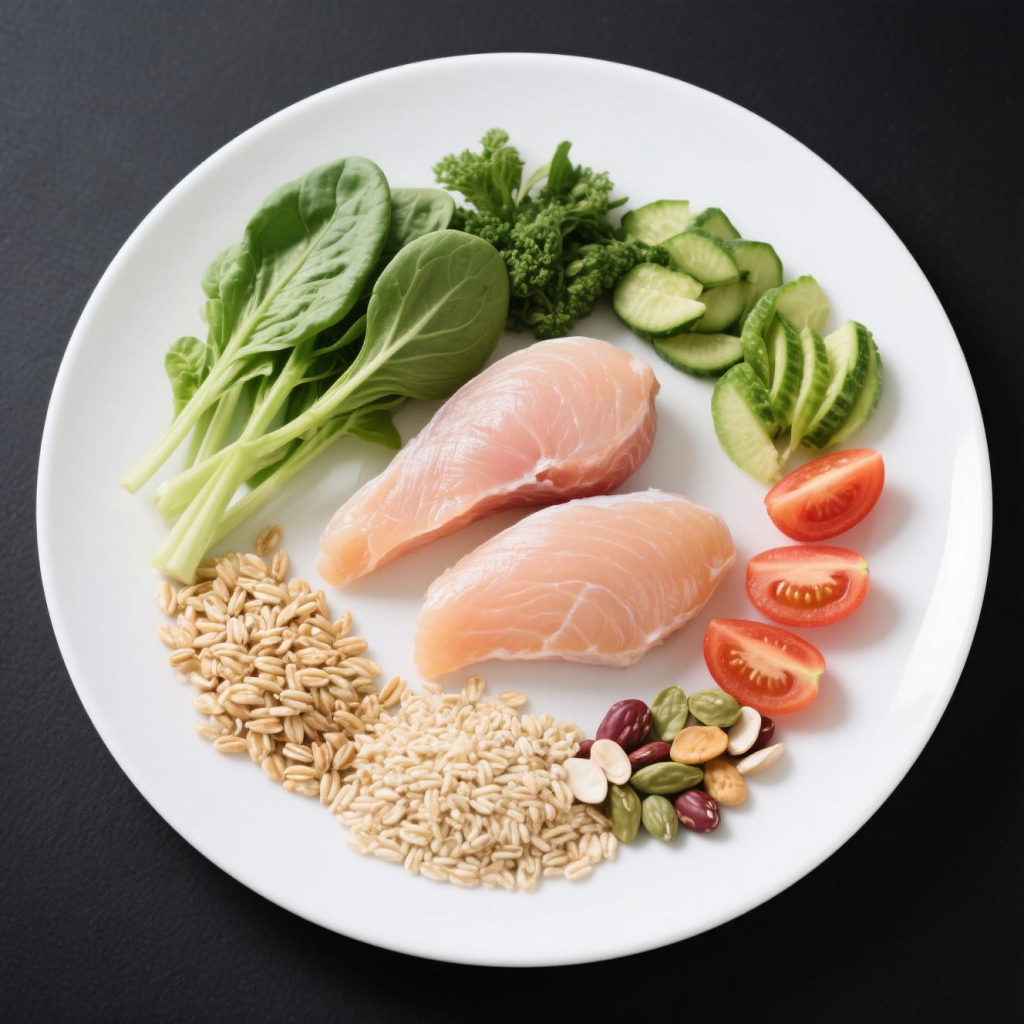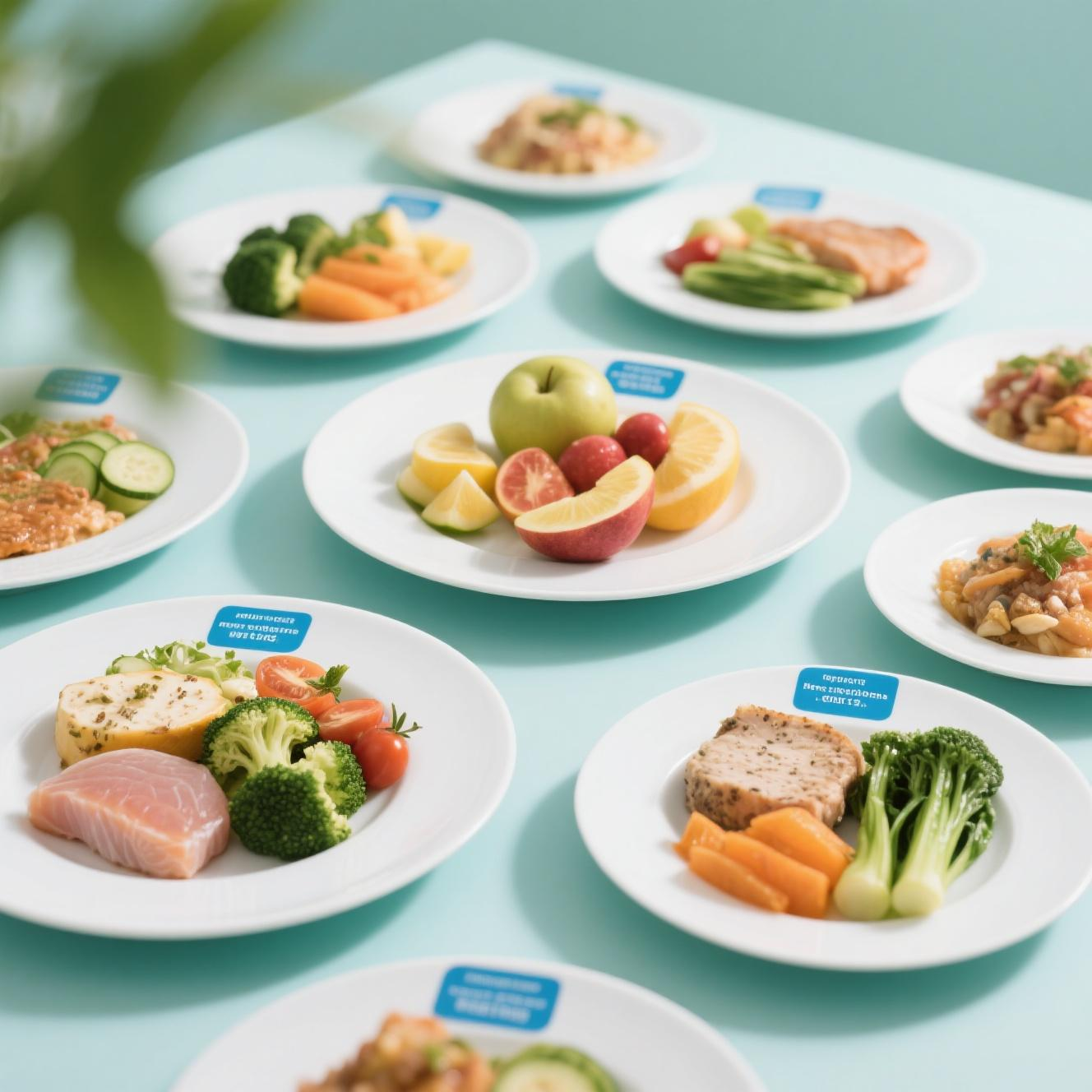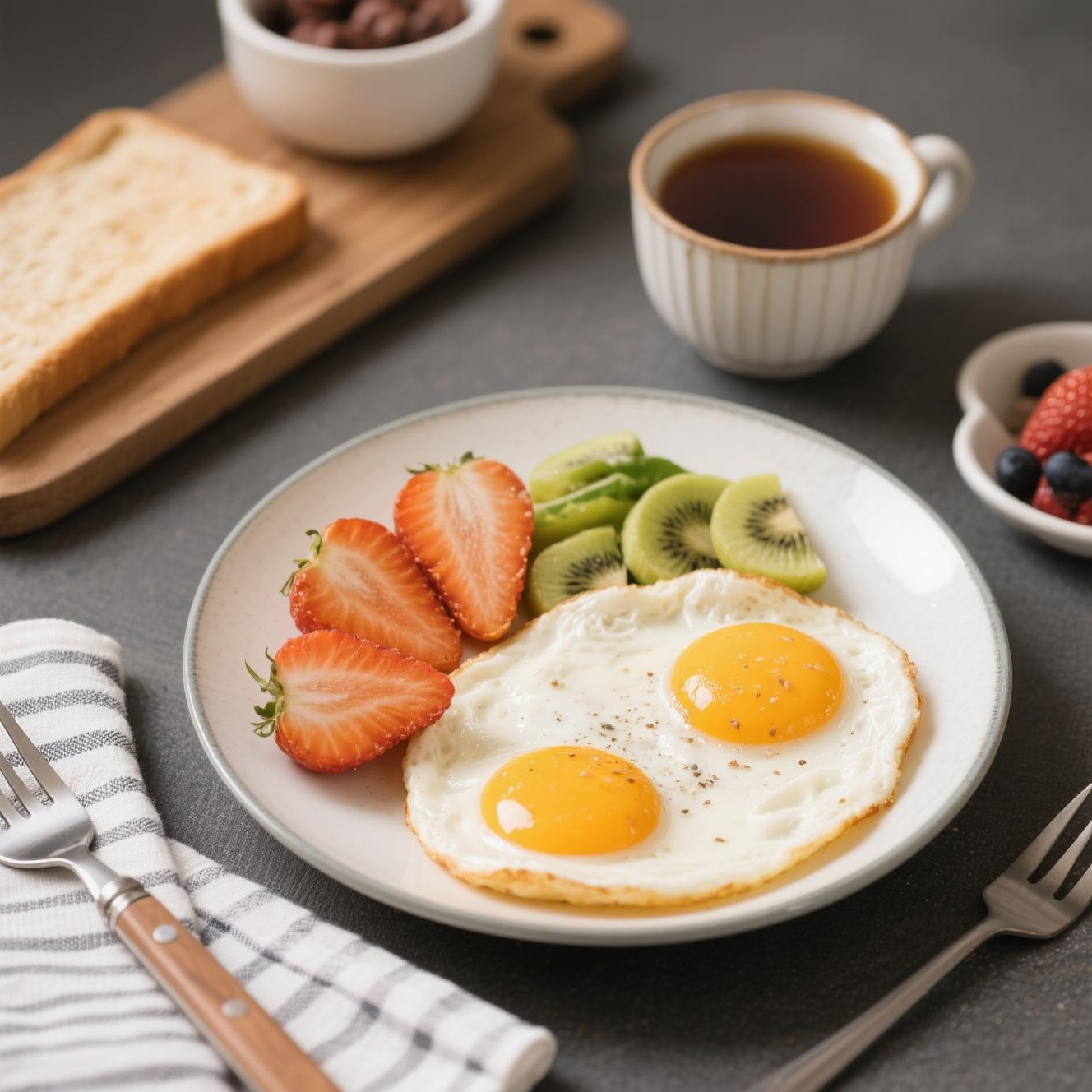Every weekday around 12:30 p.m., Ethan found himself facing the same dilemma. He was knee-deep in back-to-back Zoom calls, too exhausted to cook, and far too tempted by the burrito place two blocks away. Despite his best intentions to eat clean and lose the fifteen pounds he’d put on during the winter, lunch kept turning into a calorie bomb. That’s when a colleague mentioned meal replacements—not the chalky diet shakes of the early 2000s, but the new generation of thoughtfully formulated, nutrient-packed options that actually left you satisfied and energized.
It sounded too good to be true. But after giving it a try, Ethan realized the right meal replacement could be a game-changer—not just for convenience, but for long-term fat loss, blood sugar control, and even mental focus. What matters most is choosing products backed by real nutrition science and integrating them into your day with intention, not as a crash-diet shortcut.
Many people associate meal replacements with blandness or artificial ingredients, but today’s market is full of innovative options that are anything but boring. Brands now prioritize clean-label ingredients, balanced macronutrients, and gut-friendly elements like prebiotic fiber and probiotics. These are not just protein shakes; they’re designed to function as complete meals. And when you’re working on reducing body fat, the combination of controlled calories, high protein, and satiety-enhancing fiber makes them a surprisingly effective strategy.
Lauren, a teacher and mom of three, started using meal replacements during her most hectic mornings. Between prepping school lunches, wrangling toddlers, and driving across town before 8 a.m., breakfast had become an afterthought. She used to skip it entirely, then crash hard by mid-morning. But when she began blending a meal replacement powder with unsweetened almond milk, frozen spinach, and a half banana, everything changed. She felt fuller, calmer, and more stable throughout her day. Even better, she stopped reaching for the vending machine by 10 a.m.
When it comes to weight loss, hunger is often the real enemy. People don’t fall off their plans because of willpower—they fall because they’re starving. That’s where high-protein meal replacements shine. They help preserve lean muscle mass, which is crucial for maintaining metabolic rate while reducing fat. And when combined with soluble fiber, they slow down digestion, helping you feel full longer without the energy crash that follows carb-heavy meals.
But quality matters. Many store-bought shakes are loaded with added sugars or artificial sweeteners that can spike insulin levels or upset digestion. Choosing options with natural sweeteners like stevia or monk fruit, and ingredients like pea protein, flaxseed, or MCT oil can make a real difference. Products that include adaptogens or greens blends are also growing in popularity, as consumers look for more holistic approaches to wellness.
Not everyone needs a powdered shake, though. Meal replacement bars, soups, and even ready-made bowls are expanding the definition of convenience nutrition. Marcus, a travel consultant who’s constantly on the go, keeps a stash of low-carb protein bars in his laptop bag. His favorites are those with at least 20 grams of protein, under 5 grams of sugar, and a short, pronounceable ingredient list. He says they’re a lifesaver when he’s stuck in airports or bouncing between client meetings. And more than once, choosing a bar over fast food helped him stay on track with his weight goals, even on chaotic days.
One of the biggest misconceptions around meal replacements is that they’re only useful for athletes or extreme dieters. But the truth is, they can offer powerful support for everyday people juggling work, family, and wellness goals. For someone trying to stick to a 1,500-calorie weight loss plan, fitting in three whole-food meals while staying within limits can be a logistical headache. A meal replacement—often around 250 to 400 calories—creates breathing room without nutrient sacrifice.
Then there’s the emotional layer. Food isn’t just fuel—it’s comfort, habit, and identity. When Kara began her weight loss journey, she was skeptical of meal replacements because she loved cooking and feared they’d make her feel disconnected from food. But after a stressful month at work, she reluctantly gave them a try. To her surprise, they didn’t replace the joy of food—they gave her space to enjoy it more mindfully. By using a shake for lunch, she had the calories and energy left to cook dinner with her partner without guilt or restriction. And that made the entire process feel sustainable, not punishing.
There’s also a growing interest in how meal replacements support metabolic health. People managing insulin resistance, prediabetes, or PCOS often struggle with blood sugar spikes that lead to fat storage and cravings. A well-balanced meal replacement—especially one that’s low on the glycemic index—can help stabilize glucose and reduce inflammation. Look for products that include chromium, cinnamon extract, or other blood sugar–supporting ingredients if that’s a concern.
Hydration plays a sneaky role here too. Many people mistake thirst for hunger, especially in the afternoon. Drinking water before or alongside your meal replacement can enhance satiety and improve digestion. Sophie, a nurse working twelve-hour shifts, swears by sipping on coconut water or lemon-infused filtered water when she has her midday shake. She says it not only helps with fullness but keeps her energy more stable through her long, demanding hours.
What’s becoming clear is that meal replacements aren’t just a trend—they’re a reflection of how modern life demands flexibility and nutrition in the same breath. And when chosen wisely, they can be deeply satisfying, both physically and emotionally. It’s the difference between skipping a meal and fueling your body with intention. It’s the quiet confidence of knowing you’re making progress, even on your busiest days.
Of course, the goal isn’t to live on powders or bars forever. But as a bridge to better habits, a safety net for chaotic schedules, or a strategy to control calorie intake without deprivation, meal replacements can be incredibly effective. And unlike some crash diets or fads that offer short-term results, integrating these into a thoughtful weight loss plan can lead to more consistency—and consistency, more than intensity, is what drives real transformation.

Even on weekends, when there’s time to sit down and cook, many people find themselves reaching for their trusty shake. Not because they have to, but because it’s easy, nourishing, and fits seamlessly into their goals. For Jake, a weekend cyclist training for a long-distance event, his post-ride ritual is a cold blended shake with oats, berries, protein powder, and a spoonful of almond butter. He says it feels like a treat—but it’s also recovery fuel, muscle support, and a delicious way to reward his effort.
That’s the sweet spot: when a product stops feeling like a compromise and starts feeling like a tool for self-care. It’s not about replacing food entirely—it’s about creating a lifestyle where you have options that align with who you want to be. Whether you’re managing your macros, trying to build lean muscle, lower body fat percentage, or just simplify your nutrition without sacrificing quality, the right meal replacement can offer that sense of control.
Meal replacements are no longer just for bodybuilders or crash dieters. They’re for real people living real lives who want to feel better, look better, and eat better without the mental load of planning every bite. And sometimes, knowing that your next meal is taken care of—nutritionally balanced, satisfying, and actually enjoyable—makes everything else in your day run just a little more smoothly.




